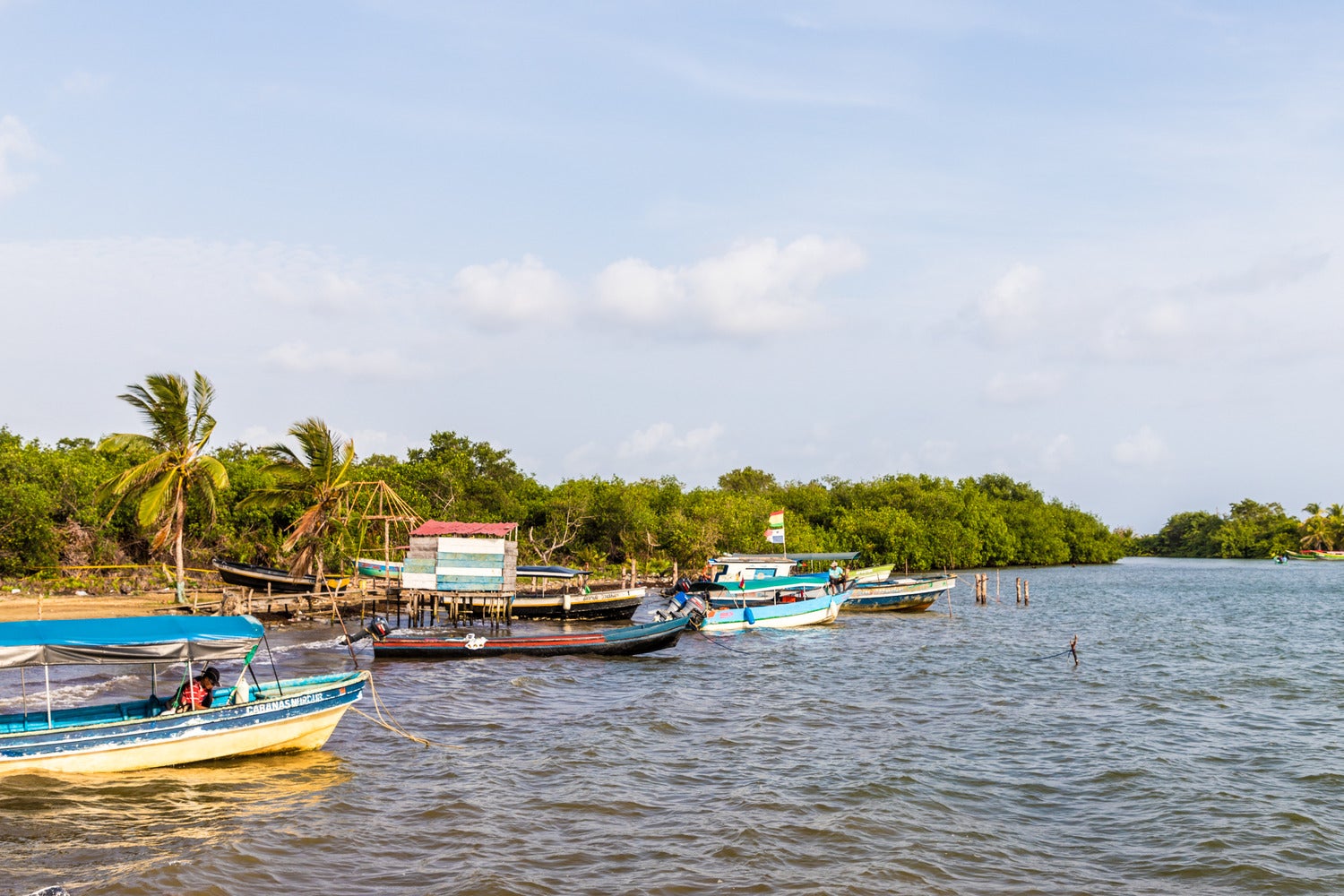About 1,300 indigenous Guna people have lived on Gardi Sugdub, a tiny island off Panama’s mainland, for more than a century. But as sea levels rise, it’s become nearly impossible to maintain any residence on the constantly flooding island. As a solution, Panama’s government built Isberyala, a new mainland town with about 300 houses on a former yucca field that’s a short boat ride and 30-minute walk away from Gardi Sugdub. On June 3, families began migrating there.
As more and more coastal populations face similar threats—260 million people are at risk over the next 30 years, with 90% in poor developing countries or small island states—planned retreats will become the norm. The move from Gardi Sugdub to Isberyala will become one model for what seaside residents can expect.
The fate of coastal families
Gardi Sugdub is part of Guna Yala, a group of 49 islands that sit 0.5 millimeters to 1.0 millimeters above sea level. Waters, however, are rising in the area at 0.34 millimeters per year, according to the Smithsonian Tropical Research Institute. By 2100, the islands will be entirely uninhabitable, and all Guna communities will have to relocate. The residents of Gardi Sugdub are the first to make this move, which puts them among the first communities to wholesale uproot in the Americas.
Not all families have left the island, but most have relocated. Many say they are happy with their new home, citing less-crowded conditions and cooler temperatures. But it’s no fairytale; residents, for example, are disappointed that their new homes disconnect them from the sea and their traditional way of life.
Lessons closer to home
Gardi Sugdub is far from the last place to face these issues. One in ten people could be forced to flee their homes because of rising tides, according to the United Nations General Secretary, and governments worldwide are working to create systems for relocating communities that support and respect those living in them.
Efforts in the Pacific Northwest and Alaska, for instance, represent something of a pilot program in the U.S. Newtok, Alaska, for one, is home to one of three tribal communities that received federal relocation grants in 2022, but the process of moving people out of the at-risk town has proven incredibly lengthy and costly. The government’s hope: That lessons learned here can make future planned relocations quicker and cheaper. Nearly 40% of Americans live on or near a coast, so the way we plan for the eventuality of sea level rise will ripple.

